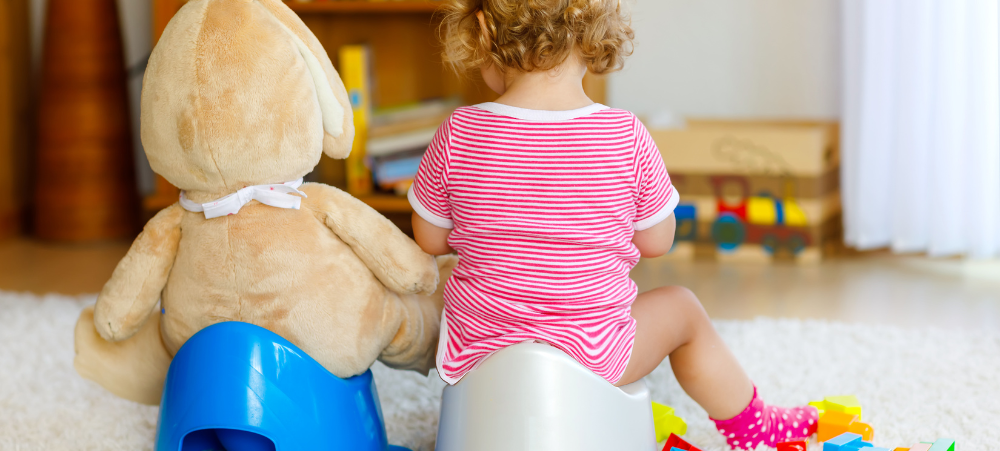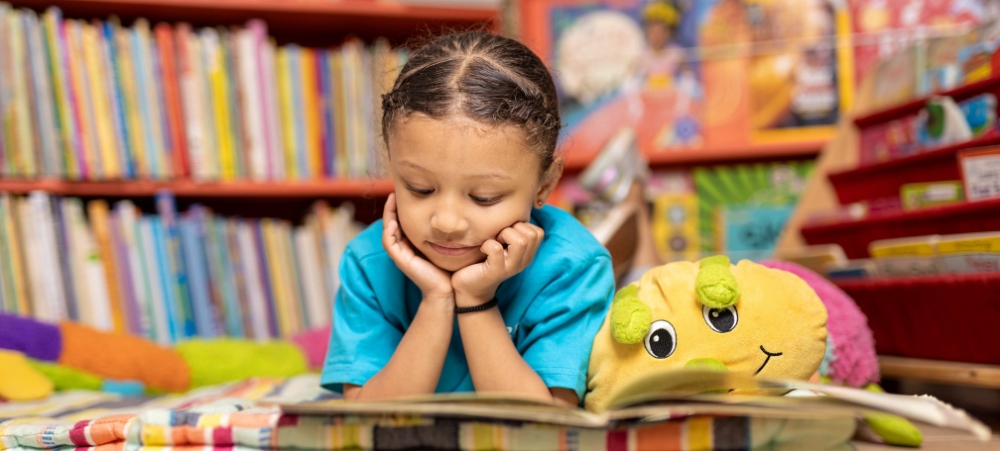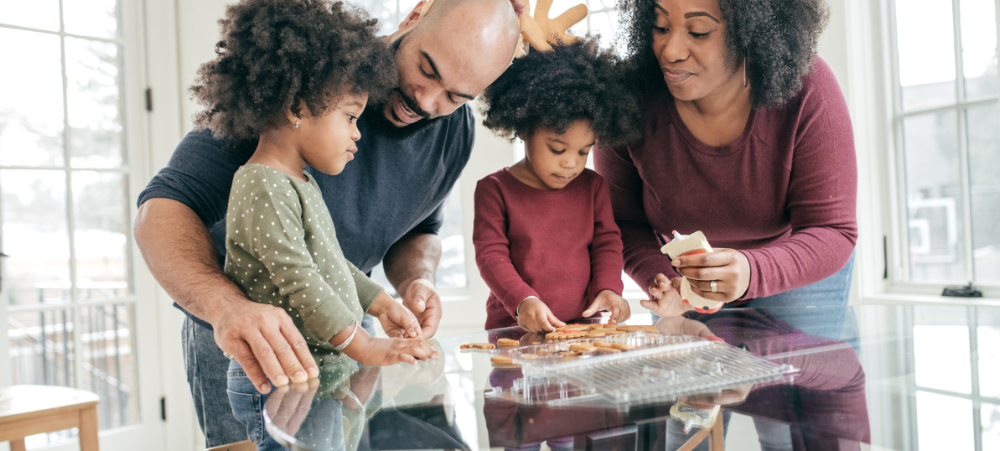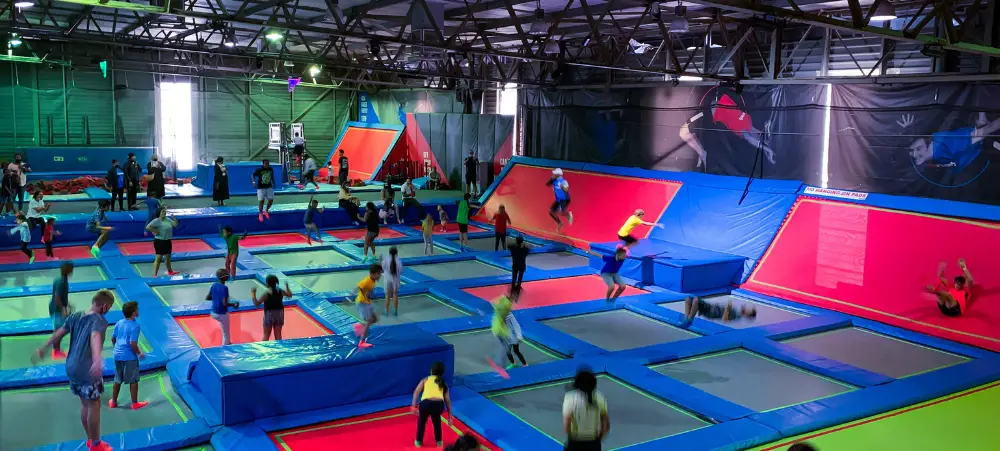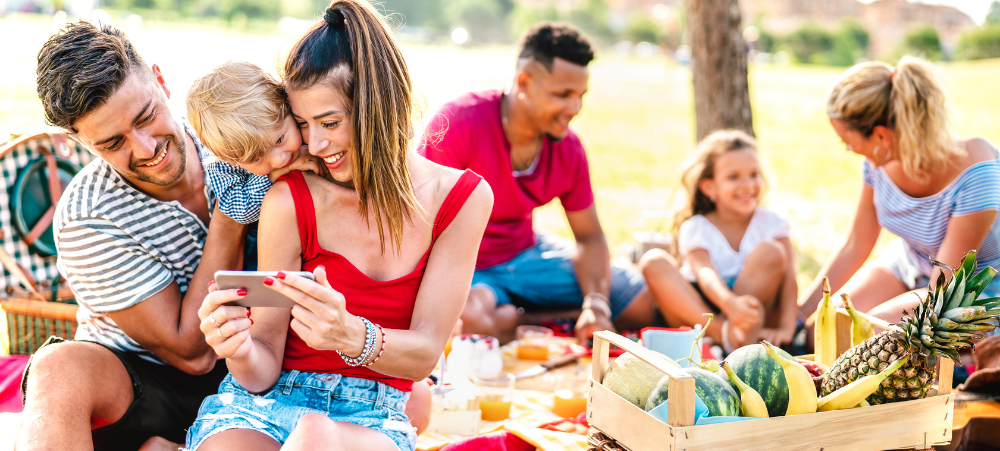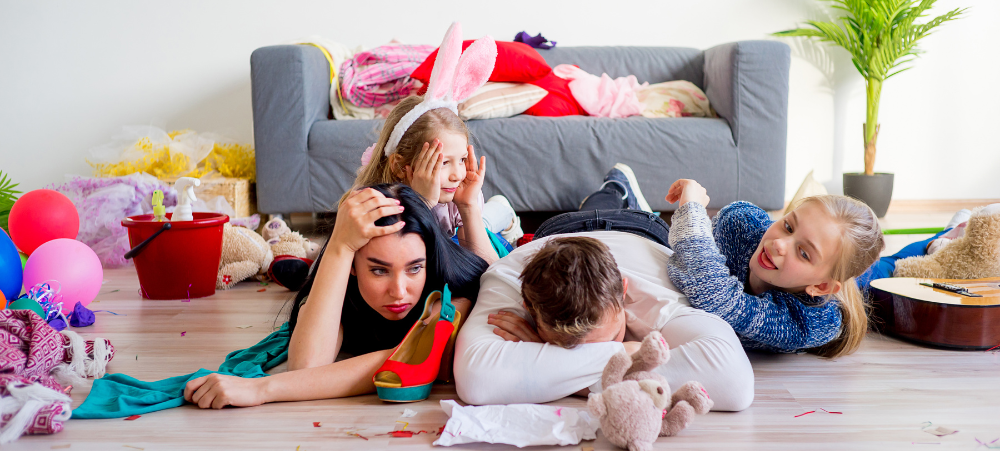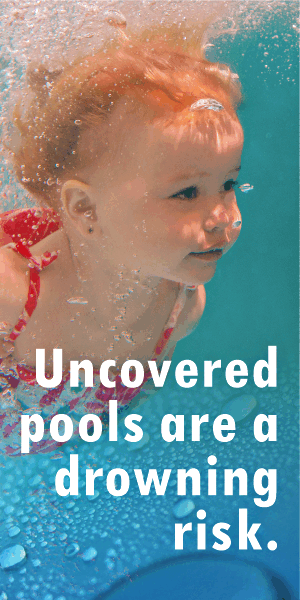
Mindful Parenting During the Holidays
The holiday season is often filled with joy, celebration, and cherished traditions, but it can also bring stress, chaos, and overwhelming expectations. As parents, navigating this busy time while maintaining a sense of mindfulness can help create a more enjoyable and meaningful experience for both you and your children. Here are some practical tips for practicing mindful parenting during the holidays. Embrace the Present Moment One of the most effective ways to practice mindfulness is to focus on the present moment. Amidst the hustle and bustle of holiday preparations, take a step back and remind yourself to enjoy each moment with your family. Whether you’re decorating the tree, baking cookies, or attending holiday gatherings, try to be fully present. Engage your senses: feel the warmth of the oven, smell the festive spices, and admire the twinkling lights. By immersing yourself in these experiences, you can foster a deeper connection with your children and create lasting memories. Set Realistic Expectations The holidays often come with high expectations—both from ourselves and others. Instead of striving for perfection, focus on what truly matters: quality time with your loved ones. Discuss with your family what traditions or activities are most important to you and prioritise those. It’s perfectly okay to simplify your holiday plans or skip certain events if they add unnecessary stress. By letting go of the pressure to meet every expectation, you create space for a more relaxed and enjoyable holiday season. Encourage Open Communication Mindful parenting involves fostering an environment of open communication. Check in with your children about their feelings and experiences during the holiday season. Ask them what they’re looking forward to and how they feel about the traditions you have. This not only helps them express their emotions but also allows you to gauge what matters most to them. Create opportunities for family discussions, where everyone can share their thoughts and ideas for the holidays. This collaborative approach nurtures a sense of belonging and encourages emotional awareness. Practice Gratitude Gratitude is a powerful tool that can shift our perspective and enhance our overall well-being. Encourage your family to reflect on what they are grateful for during the holiday season. You can create a gratitude jar where everyone adds notes of appreciation throughout the month. Alternatively, consider starting a gratitude tradition, such as sharing what you’re thankful for at the dinner table. Practicing gratitude not only helps cultivate a positive mindset but also deepens family bonds as you celebrate the good things in life together. Prioritise Self-Care As parents, it’s easy to get caught up in the busyness of the holidays and neglect our own well-being. However, practicing self-care is crucial to maintaining a mindful approach. Set aside time for yourself, whether it’s enjoying a quiet moment with a book, going for a walk, or engaging in a hobby you love. When you take care of yourself, you’re better equipped to be present and patient with your children. Encourage your family to practice self-care together by taking breaks, enjoying outdoor activities, or engaging in relaxing traditions like family movie nights. Create Mindful Traditions Incorporate mindfulness into your holiday traditions. This can be as simple as starting a new ritual of lighting candles and taking a moment of silence to reflect on the past year before exchanging gifts. You could also create a “mindful moments” jar filled with ideas for activities that promote presence and connection, such as family walks, storytelling sessions, or nature excursions. These traditions can help instil a sense of calm and gratitude amid the holiday excitement. Conclusion Mindful parenting during the holidays is about finding balance, embracing the present, and nurturing your family’s emotional well-being. By prioritising open communication, gratitude, self-care, and meaningful traditions, you can create a more fulfilling holiday experience for both you and your children. Remember, the holidays are not just about the gifts or festivities; they are about the moments we share and the love we cultivate as a family. Embrace the joy of the season with a mindful heart and watch as your family thrives in the warmth of togetherness.



